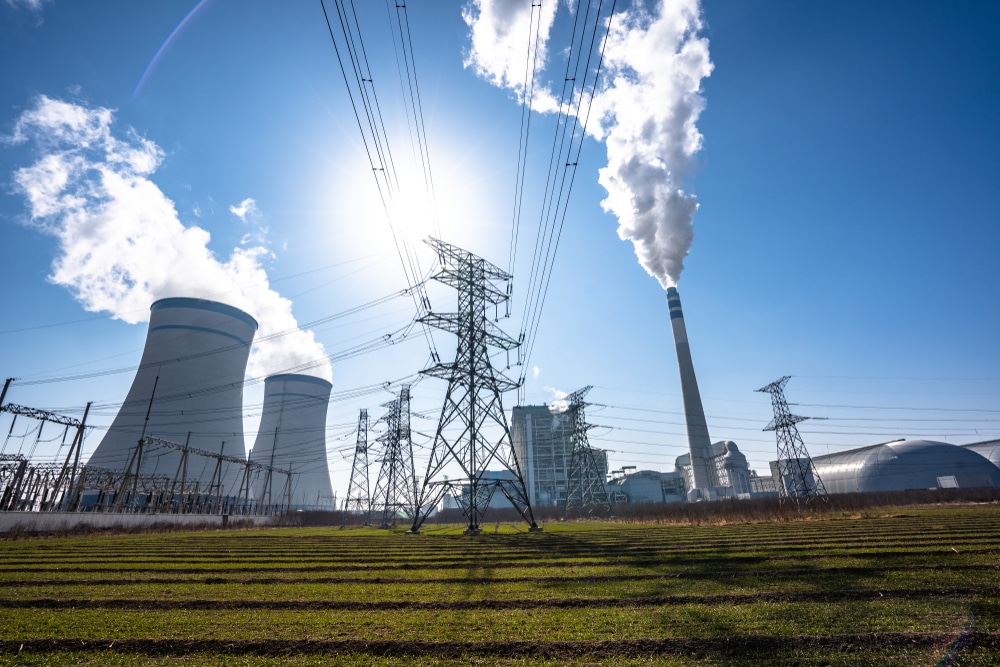What is the Target Primary Energy Rate? Find out in our latest blog.
Target Primary Energy rate is a requirement of the Part L regulation. Part L is a building regulation that regulates construction projects that are new or in the process of changing the use of a dwelling within the UK. It sets the standards for the energy performance and carbon emissions of new and existing buildings and is used across the industry. However, the regulation is updated every four to five years, meaning it’s essential that the construction industry keeps up to date with changes and new regulations that come onto the scene, such as the Target Primary Energy Rate.
One of the most recent updates focused on the Target Primary Energy Rate, which discusses the maximum allowance for primary energy usage of a dwelling, is an essential aspect of a developers’ project and an area that will affect the industry.
What is the Target Primary Energy Rate?
The Target Primary Energy Rate is the maximum primary energy use over a year period, expressed as kWhPE/(m²·year) for new homes. It looks into the energy needed to provide heating and hot water to a newly built building as well as lighting, ventilation, cooling systems and showers.
As defined by BRE, Primary Energy is “energy from renewable and non-renewable sources which has not undergone any conversion or transformation process.” In layman’s terms, the energy contained in fossil fuels is an important source of primary energy within a build. On the other hand, a unit of electricity produced by burning that fossil fuel would not be considered a primary energy as it goes through the conversion process.
Similarly to the Target Emission Rate and Target Fabric Energy Efficiency Rate, the Target Primary Energy Rate will also be calculated using SAP 10. The calculation accounts for factors such as:
- Efficiency of the dwellings heating system
- Power station efficiency for electricity and
- Energy used to produce the fuel and deliver it
How might the Target Primary Energy Rate impact you?
Now, it will be down to you. Developers will be encouraged to meet the dwelling targets for energy efficiency. For example, as the Target Primary Energy Rate is calculated using SAP 10, the build will need to pass the standard to allow building control to see if your specification will meet Part L, including a score out of 100. With this in mind, it’s now more important than ever to make sure that the building is efficient, uses renewable energy sources such as heat pumps and has renewable systems.
FIND OUT MORE: 10 Top Tips for Passing your SAP Calculations
Target Primary Energy Rate and Passivhaus – how are they linked?
The change and introduction to the new Target Primary Energy Rate means that the Part L building regulation is now more in line with standards such as the Passivhaus due to both using the primary KWh target. Whilst the Target Primary Energy Rate focuses on new builds, the Passivhaus more commonly focuses on the retrofits of older homes, meaning that both link together to help the construction industry to become as energy efficient as possible.
Confused? That’s where we come in.
We are independent, passionate and highly qualified energy consultants with a range of certifications and experience to provide you with direction with your energy needs. From SAP Calculations and Passivhaus, to Energy Performance Certifications to Display Energy Certifications, we offer a range of services that are catered to your development needs. If you would like to find out more about our services, book in for a discovery call today!


















